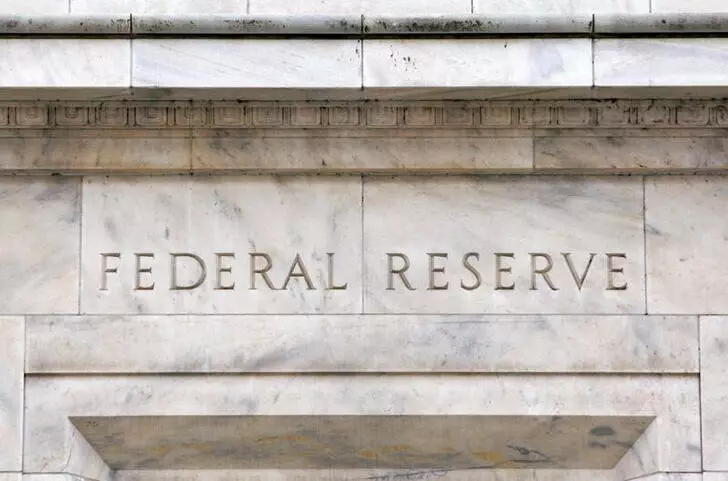The Federal Reserve’s recent decision to begin a series of interest rate cuts raises important questions about the stability and future direction of the U.S. economy. On September 17, the Federal Open Market Committee (FOMC) announced a reduction of its benchmark interest rate to a range of 4.75% to 5.0%. This marks the first cut in rates since March 2020, a move that reflects a significant shift in monetary policy, especially considering that borrowing costs remained at record highs for over a year. Analysts at Yardeni Research have pointed out that this easing comes at a time when the economy is not facing the kind of financial crises that typically prompt such moves.
Historical Patterns of Interest Rate Easing
Historically, the Federal Reserve has initiated rate cuts during periods of economic distress, often in response to financial crises that plunge the economy into recessions. The rate cuts have typically followed trends toward credit crunches, where access to capital becomes severely restricted. Analyzing data from the past six decades shows that in average easing cycles, the Fed has reduced the federal funds rate (FFR) by over 500 basis points. However, the current economic climate stands in contrast to this pattern. Financial markets are now anticipating a further 200 basis points of cuts over the coming year, following the recent 60 basis point reduction.
This raises further concerns, particularly because previous easing phases often commenced from considerably higher FFR levels. For instance, during the 1995 easing cycle—a relatively anomalous “soft landing” period—cuts were modest, with only 25 basis points reduced three times. This suggests that the current strategy may not follow historical patterns, leading to uncertainty about potential outcomes.
The Risk of an Economic Boom
In an unexpected turn, Yardeni Research cautions that excessively rapid cuts could precipitate an economic boom rather than a slowdown. This entails a scenario in which real GDP growth accelerates significantly, albeit accompanied by heightened inflation risks. Such dynamic booms can create volatility in the market, potentially leading to a “melt-up” akin to the stock market surge experienced during the late 1990s.
This potential for a volatile economic landscape complicates the Fed’s task of achieving stable growth without triggering inflation. As the Federal Reserve navigates these decisions, it must carefully balance stimulating growth while also ensuring that the growth does not spiral into an unchecked rise in prices.
The Federal Reserve’s current monetary policy approach breaks from historical norms and introduces a level of uncertainty regarding U.S. economic stability. As it enters this uncharted territory, both economic analysts and market participants must remain vigilant for signs of overheating or unexpected inflation. The path ahead hinges on interpreting a delicate balance between fostering growth and maintaining economic health, thus reshaping the monetary landscape for potentially volatile times ahead. Every decision made by the Fed will be crucial in shaping the U.S. economic trajectory over the coming months, warranting close attention from all stakeholders.

